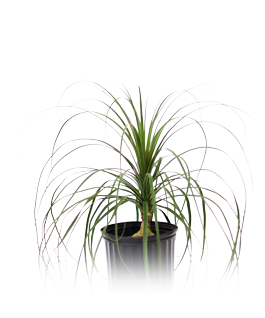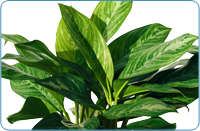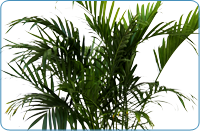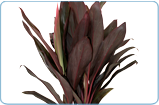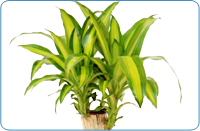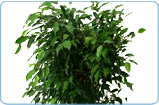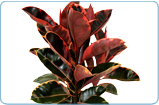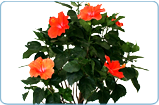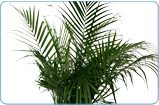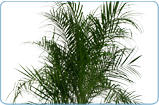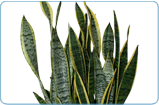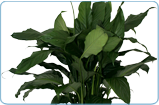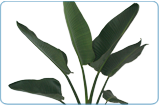Light
The Ponytail Palm requires a lot of light. Placing the palm in a room that gets a lot of filtered sunlight will allow the plant to grow and survive with little care.
Placement
Office, Bedroom, Livingroom, Patio
Water Habits
The Ponytail palms trunk stores excess water for dry periods, so that plant does not need to be watered frequently. Watering the plant about once a week or when the soil is completely dry should be fine for the plant.
Temperature
Ideal Temperature for Pony Tail Palm: 35-80°F (2-27°C) Min: 35°F (2°C)
Toxins Removed
Benzene, Formaldehyde, Carbon Monoxide
Did You Know ?
The Ponytail Palm is native to dry climate, which helps it survive in homes that have heaters on in the North for winter. It is important to keep in mind though in that situation that you shouldn’t water the plant to frequently as it can do more harm than good and could cause root decay. The bottle shape of the Ponytail Palm is good for storing water over long periods.





